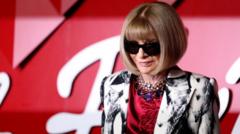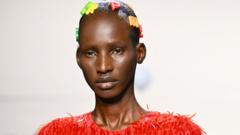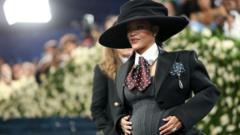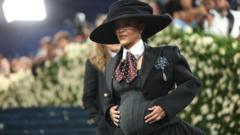In a significant ruling regarding intellectual property, a German court determined that Birkenstock sandals do not meet the criteria for art classification, thus denying the company's request for copyright protections against copycat products.
Birkenstock Sandals Declared Not Art by German Court
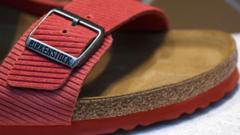
Birkenstock Sandals Declared Not Art by German Court
German court dismisses Birkenstock's claim for copyright protection, affirming sandals are design items, not works of art.
Despite efforts to secure legal protection for what it describes as its "iconic design," Birkenstock's battle illustrates the distinct legal boundaries between art and design under German law, a distinction that carries important implications for the footwear industry.
The German court's ruling has declared that Birkenstock sandals, while fashionable and popular, do not qualify as works of art under copyright law. The company had aimed to classify its footwear as art in order to shield its recognizable cork-soled designs from imitation by rival manufacturers. Presiding judge Thomas Koch stated that the characteristics of art involve a certain level of individual creativity, which the court deemed absent in Birkenstock's functionality-focused designs.
This legal decision is viewed as a missed chance to bolster the company's intellectual property rights, according to Birkenstock representatives. The company's sandals, which have rebounded from their initial practical image to become a cultural phenomenon—especially following their appearance in the 2023 film "Barbie"—have rapidly increased in popularity and sales, leading to a valuation of approximately $8.6 billion on the New York Stock Exchange.
Although Birkenstock once struggled to shake off its image as an unfashionable choice, celebrity endorsements, including from supermodel Kate Moss in the 1990s, have propelled the brand into mainstream fashion. The versatility and comfort of Birkenstock sandals, which now include numerous styles and colors, make them highly sought after, thereby inviting competition from knock-off brands.
Despite the court's recent ruling, Birkenstock's determination to protect its brand remains steadfast. The company has pledged to pursue all available legal avenues to combat imitation, emphasizing the ongoing challenges designers face in a market filled with copycat products. The Federal Court of Justice ruling represents the final decision in a legal journey that saw varied opinions across two lower courts.
The German court's ruling has declared that Birkenstock sandals, while fashionable and popular, do not qualify as works of art under copyright law. The company had aimed to classify its footwear as art in order to shield its recognizable cork-soled designs from imitation by rival manufacturers. Presiding judge Thomas Koch stated that the characteristics of art involve a certain level of individual creativity, which the court deemed absent in Birkenstock's functionality-focused designs.
This legal decision is viewed as a missed chance to bolster the company's intellectual property rights, according to Birkenstock representatives. The company's sandals, which have rebounded from their initial practical image to become a cultural phenomenon—especially following their appearance in the 2023 film "Barbie"—have rapidly increased in popularity and sales, leading to a valuation of approximately $8.6 billion on the New York Stock Exchange.
Although Birkenstock once struggled to shake off its image as an unfashionable choice, celebrity endorsements, including from supermodel Kate Moss in the 1990s, have propelled the brand into mainstream fashion. The versatility and comfort of Birkenstock sandals, which now include numerous styles and colors, make them highly sought after, thereby inviting competition from knock-off brands.
Despite the court's recent ruling, Birkenstock's determination to protect its brand remains steadfast. The company has pledged to pursue all available legal avenues to combat imitation, emphasizing the ongoing challenges designers face in a market filled with copycat products. The Federal Court of Justice ruling represents the final decision in a legal journey that saw varied opinions across two lower courts.






